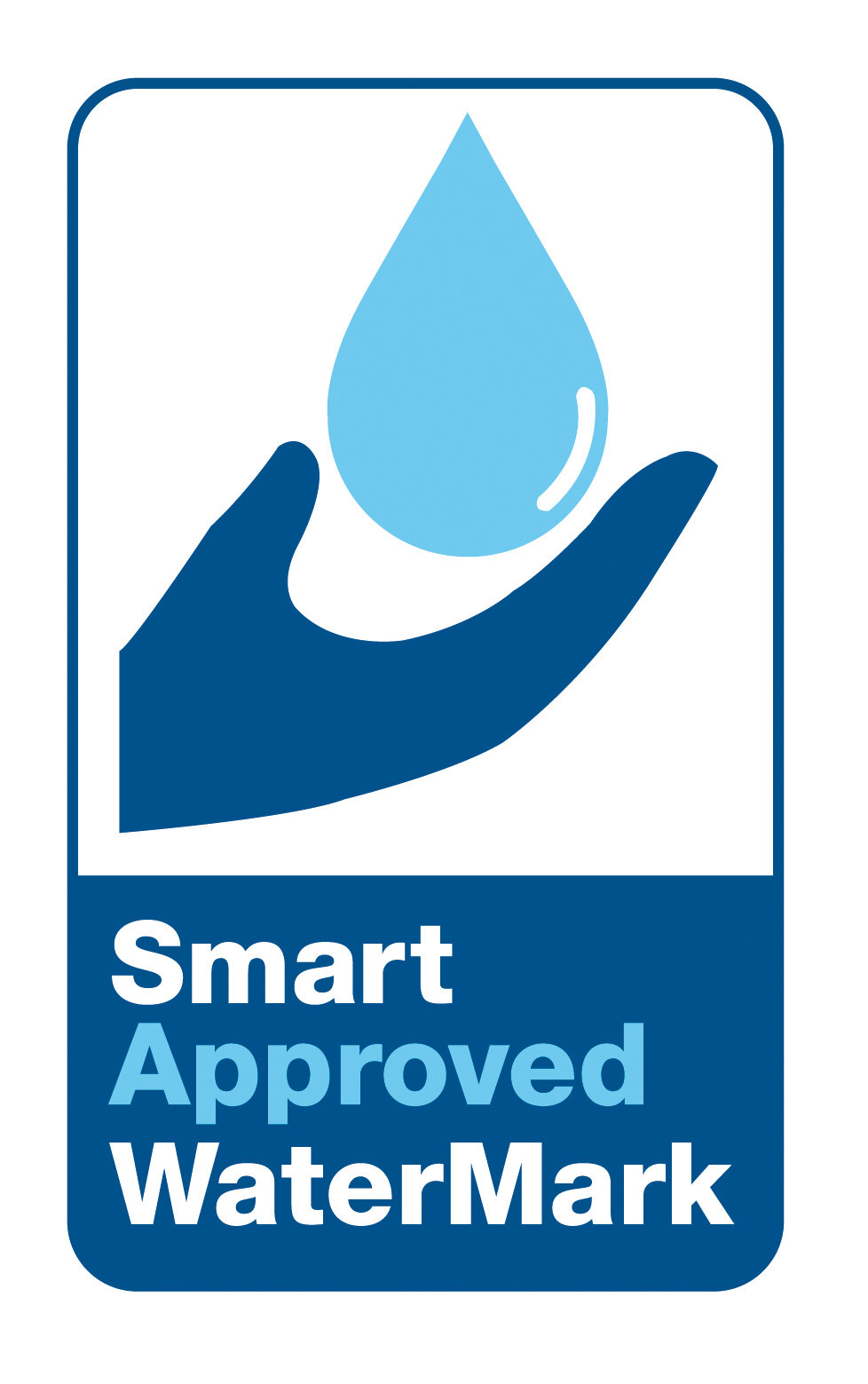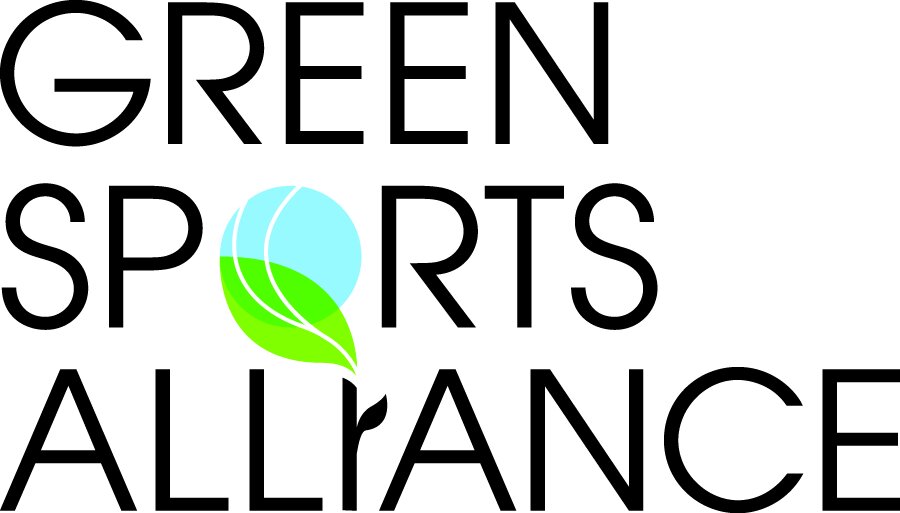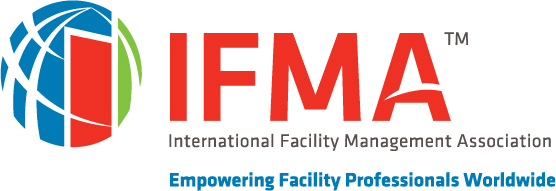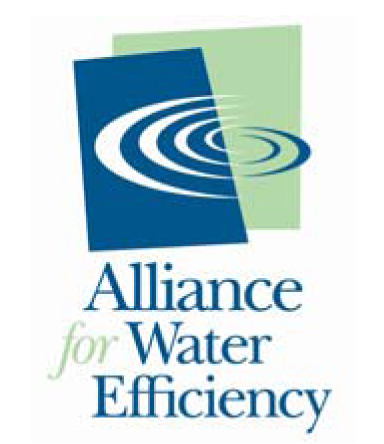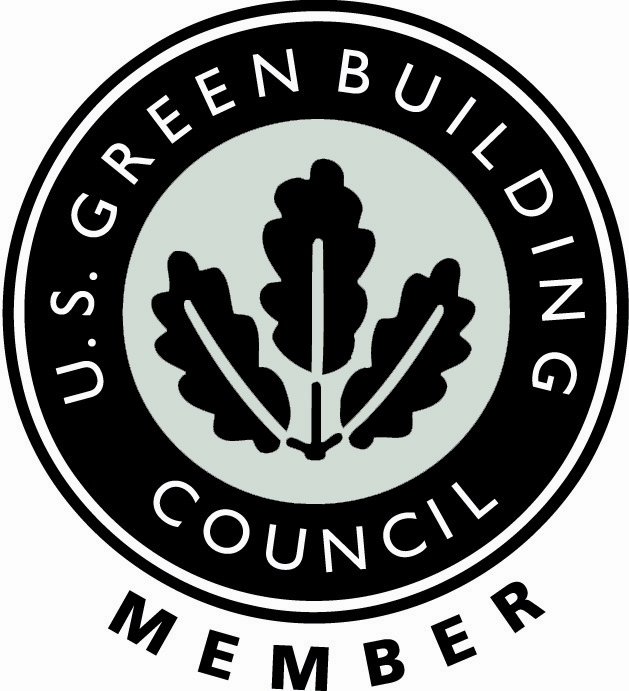Bet you know a lot about water conservation? After all, if you’re reading our blog, then water-conservation and using water more efficiently is important to you.
But how about if we take a little test to see how swift you really are, when it comes to water.
Don’t worry. This is an easy test, and I’m sure you will pass with flying colors (chuckle, chuckle).
So, let’s begin.
The answers are below (no cheating).
1) We know that more than 70 percent of the earth’s surface is covered with water. But how much of that water is available for everyday use for people around the globe?
· 1 percent
· 10 percent
· 20 percent
· 25 percent
2) You’re trying to reduce water consumption but can’t decide whether to take a five-minute shower or a five-minute bath. Which do you think uses less water?
· The five-minute shower
· The five-minute bath.
3) You’ve just finished dinner and are wondering, which uses more water
· Washing the dinner dishes
· Brushing your teeth
· Fixing that leaky toilet in the guest bedroom
· Taking a long shower.
4) Your spouse wants you to go around the house and fix all the household water leaks. She says we can save money and water. But you think she is just trying to get you and the guys away from the game on TV this Sunday. But then you ask yourself, how much money could we save if I fixed all the water leaks?
· Eight percent off the monthly water bill
· Ten percent
· 18 percent
· Just one percent.
5) You are the manager of a large office building and recently had all the old toilets removed. Instead of installing new toilets with automatic sensors, you decide to install dual-flush toilets. Dual-flush toilets cost less because there is no sensor and reportedly use about 20 percent less water. A few months later, you are anxious to see how much water you are saving. Here is what you find:
· The dual-flush toilets have reduced water consumption by 20 percent.
· There has only been a five percent reduction in water consumption.
· Water consumption has gone up.
· There has been no change.
6) The building manager we just mentioned has decided to remove all the old, flush urinals and install waterless urinals. She has narrowed her choice to three leading manufacturers. The urinals look about the same and cost about the same, making her decision difficult. To help her make up her mind, you suggest one of the following:
· Select the model that costs the least amount of money to install.
· Select the newest brand. You tell her “new” often means “improved.”
· Select the brand that costs the least to own.
· Select the brand offering the best warranty.
Answers:
1. Less than one percent
2. A five-minute shower uses 10 to 25 gallons of water. A bath, whether five minutes of 50 minutes, uses about 70 gallons of water.
3. Leaky toilet. It is estimated that a leaking toilet can waste as much as 200 gallons of water every day.
4. When all water leaks are eliminated in a home, it can reduce the monthly water bill by about eight percent.
5. Recent studies indicate that dual-flush toilets waste large amounts of water due to how the dual-flush mechanism is designed. Because of this, water consumption often goes up.
6. While there are price ranges, no-water urinals can cost about the same and have about the same warranty. However, only the Waterless brand is the least expensive to own. This is because its EcoTrap cylinder lasts longer than other brands and is also less costly.




















